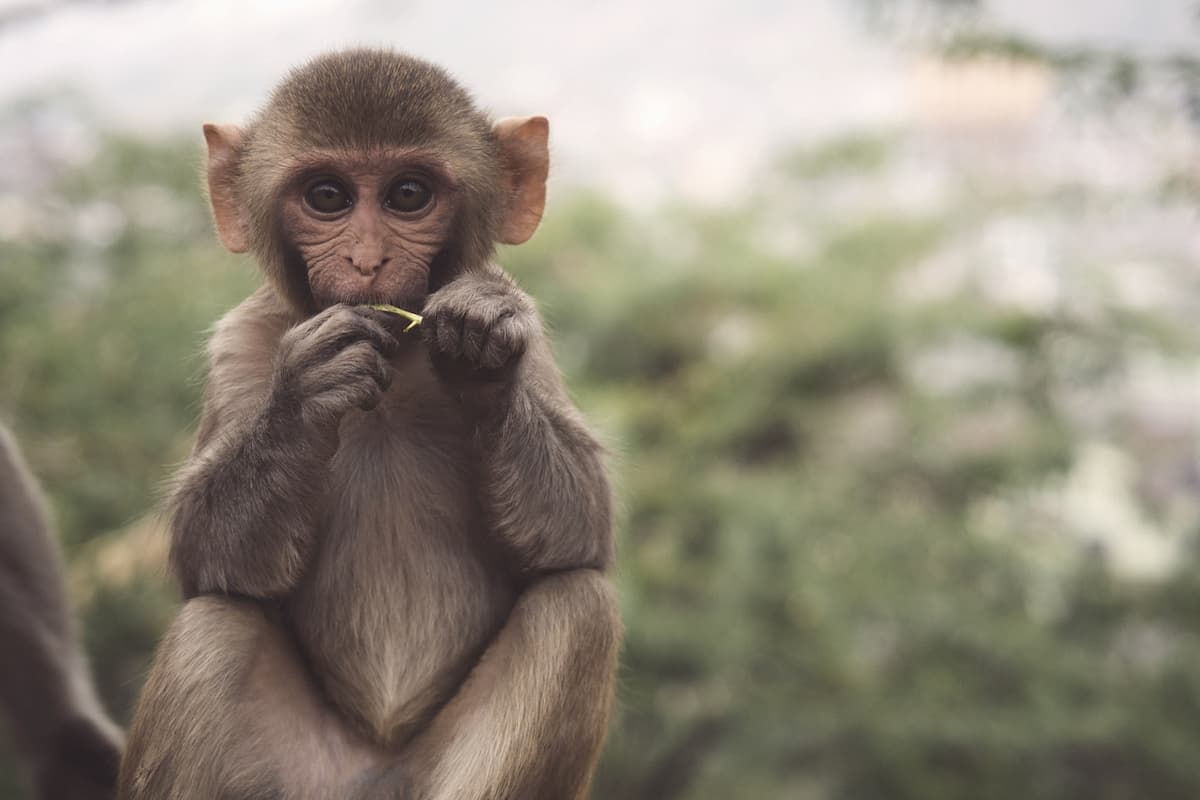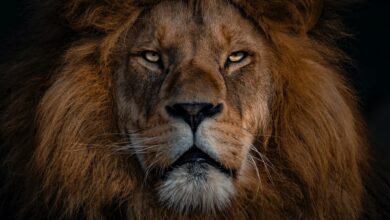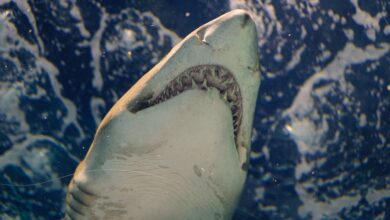Top 10 Wild Animals of India
The biodiversity of the Indian subcontinent is extensive and diverse. The country is home to some of the world’s rarest and most beautiful wildlife and buildings like the Taj Mahal. India’s wild animals are protected against poaching and habitat loss through various national parks and wildlife sanctuaries. Respect for all forms of life, especially wildlife, is a foundation of Indian culture. Despite this, greedy individuals and an ever-increasing population continue to put pressure on Indian wild animals. Following are some wild animals found in India.
Bengal Tiger
Family: Felidae
Total Population: 2,226
Kingdom: Indian Subcontinent
Average life: 8-10 years
The Bengal tiger is known for its strength and power. They are mostly found in India and Bangladesh, Nepal, Bhutan, Myanmar, and China.
The female Bengal tiger has litters of two to six cubs, which she raises with little or no help from the male. When tiger cubs are roughly 18 months old, they begin hunting and stay with their mother for about 2-3 years before departing to discover their area. Not only is the Bengal tiger one of India’s most powerful animals, but it is also India’s national animal.
Indian Elephant
Family: Elephantidae
Total Population: 31,368
Kingdom: Mainland Asia
Average life: 60-70 years
The elephant is one of the world’s largest mammals and thus one of India’s largest animals. Elephants live in herds, which are matriarchal family groups of related females. A flock of elephants can number up to 100, and the eldest and largest female is usually the head of a herd. Grass, roots, fruits, and leaves are favorites of Indian elephants. They can consume approximately 330 pounds of food per day, which is a remarkable fact.
Indian Rhinoceros
Family: Rhinocerotidae
Total Population: 3,555
Kingdom: Indian Subcontinent
Average life: 40 years
The rhinoceros is known for its strange appearance, with wrinkled grey skin, enormous skulls, and a single keratin horn (the same material as human fingernails). A huge Indian rhinoceros could weigh as much as 8800 pounds. Unfortunately, these remarkable species are now threatened by habitat loss, and their historical range has been substantially reduced, as is the case with many other megafaunas. Nonetheless, over 2000 rhinos live in India’s protected areas, particularly in the state of Assam. Kaziranga National Park and Pobitora Wildlife Sanctuary are both home to Indian rhinoceroses.
Asiatic Lion
Family: Felidae
Total Population: 523
Kingdom: India
Average life: 16-18 years
Most wild lions on the earth live in Africa; however, India has many Asiatic lions. They live in up to three males, a dozen related females, and their cubs in the Fir Forests. Females are the major hunters, and they frequently hunt giant animals together. In India, the Asiatic lion is one of the fastest creatures.
Indian Leopard
Family: Felidae
Total Population: 14,000
Kingdom: Indian Subcontinent
Average life: 12-17 years
The Indian leopard is a subspecies of leopards found in India, Nepal, Bhutan, and Pakistan, and it is one of India’s most attractive creatures. In India, they can be found in tropical rainforests, temperate rain forests, northern coniferous forests, and dry deciduous forests.
This leopard is well-known for being a strong climber, runner, and swimmer. It can run at speeds of up to 58 km/h (36 mph), leap over 6 m (20 ft.) horizontally, and vertically jump up to 3 m (9.8 ft.).
Sloth Bear
Family: Melursus ursinus
Total Population: 20,000
Kingdom: Indian Subcontinent
Average life: Up to 20 years
Sloth bears can be found across the Indian subcontinent. It’s a lanky bear with a mane around its face and shaggy fur. The sloth bear is further distinguished by its sickle-shaped claws and a long lower lip. They are great at hunting termites, which they can detect by smelling them.

Wild Water Buffalo
Family: Bovidae
Total Population: 4,000
Kingdom: Indian Subcontinent
Average life: Up to 25 years
The wild water buffalo is a big bovine found primarily in Assam, Kaziranga, Manas, and the Dibru-Saikhowa National Parks in India. Kaziranga National Park is home to India’s most significant population of wild water buffaloes. A wild water buffalo can weigh up to 1200 kg (2600 lb.), making it one of the biggest types of wild bovine.
Indian Wild Ass
Family: Equidae
Total Population: 4,800
Kingdom: India
Average life: 20-25 years
Ghudkhur, or Indian wild ass, is a subspecies of the onager native to Southern Asia. They can be found in western India, southern Pakistan, Afghanistan, and south-eastern Iran. The Indian Wild Ass Sanctuary in Little Rann of Kutch, Gujarat, has become their last haven. The Indian wild ass features sand-colored fur, a dark mane, and a dark brown stripe running down their back to the base of their tail.
Indian Bison
Family: Bovidae
Total Population: 22,000
Kingdom: India
Average life: 15 to 20 years
The Indian bison, commonly known as the gaur, is the largest of the bovines. It’s native to South and Southeast Asia. It can be found in several Indian national parks such as Nagarhole National Park, Bandipur National Park, and Periyar National Park.
It has large horns, dark fur, and a powerful and massive physique that can weigh up to 1500 kilograms (3306 lb.). It is one of India’s heaviest animals.
Blue Bull Nilgai
Family: Bovidae
Total Population: 1 million
Kingdom: Indian Subcontinent
Average life: 10 years
The Blue Bull, also known as the Nilgai, is one of the most common wild animals in northern India and Pakistan. It is Asia’s largest antelope, weighing between 100 to 288 kilograms. It is known as the “Blue Bull of India” because, despite being an antelope, it appears to be an ox.





